From spa bath to recognised therapy. The history of the PARI BOY leads through from room nebulisers to what we know today as the PARI BOY, which has become the epitome of inhalation therapy.
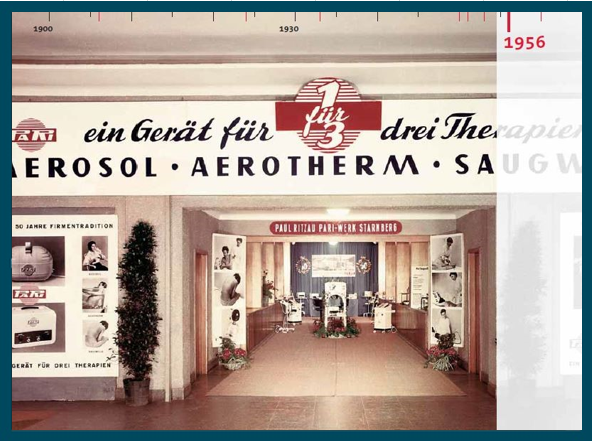
This is what a PARI trade fair stand looked like in the 1950s. The slogan “1 for 3” stood for “One device for three therapies”.
What was known as the spa bath did not only generate fantastic foam. Even as long ago as 1924, this natural procedure gained popularity thanks to its positive effect on all bodily functions. The “PARI aerotherm therapy” ranked as a therapeutic spa treatment. PARI gained more and more expert knowledge, which was then applied to the core area of expertise in inhalation therapy - as is possible today with the PARI BOY.
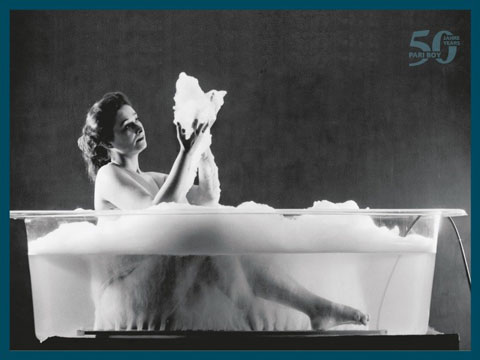
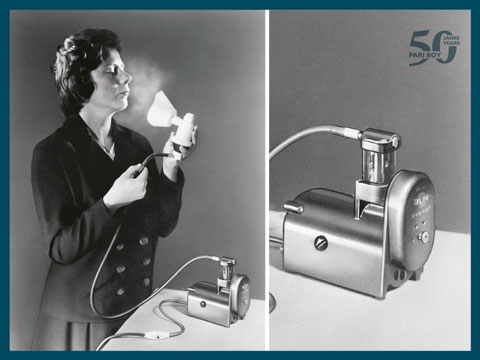
Even in the mid-19th century, inhalation therapy was used as a medically recognised curative treatment. A wealth of scientific publications coined the term “PARI therapy”, which not only included therapeutic baths, but also covered the “PARI aerosol therapy”. This all paved the way for the “Inhalierboy”, the precursor of the current PARI BOY, which took the market by storm in 1968.
“One compressor for three therapies”, rang the PARI slogan of the late 1950s. This compressor dubbed the “Aerotherm apparatus” was not only able to bubble up bath water and enable inhalation, but also enabled the “PARI suction wave therapy”. Massage with the suction cup was used for many years to stimulate circulation and break down any hardening in the tissues.
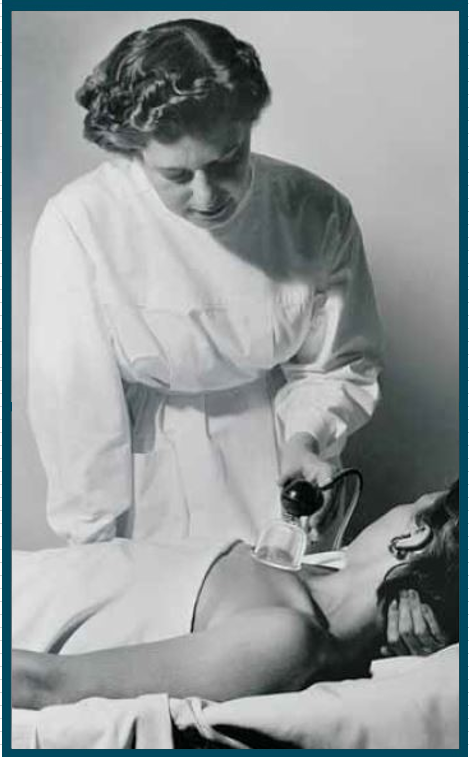

Procedures for inhalation were studied as early as 1920. A universally applicable correlation between droplet size and precipitation location was discovered. Not quite as convenient as nowadays – what was known as the “PARI Room Nebuliser” did actually produce a high quality and therapeutically effective aerosol.
The “PARI nozzle“ was patented in 1953. Even today this remains at the heart of almost all PARI nebulisers and determines the droplet size of the aerosol. This development continued relentlessly over the years and more and more PARI products have been brought to the market, each of which represented the pinnacle of technology and quality at that time – as does the PARI BOY today.
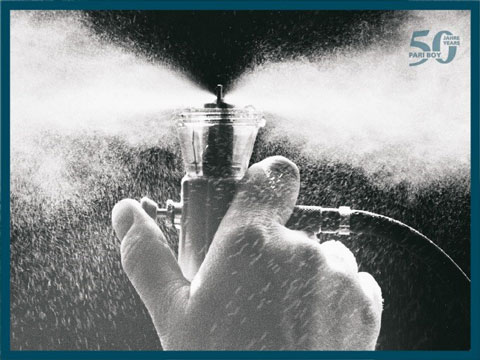
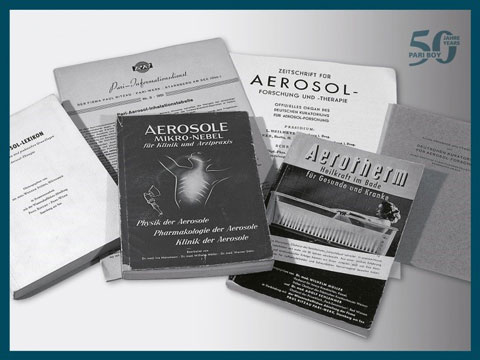
In 1952 the “Zeitschrift für Aerosol-Forschung und –Therapie” (Journal for aerosol research and therapy) became the first German medium to do justice to the particular significance of aerosology – even beyond the borders of Germany. The scientific studies, the advances in aerosology, and the new treatment options – all these paved the way for the current PARI BOY.
This is what the early production rooms looked like in 1950s:
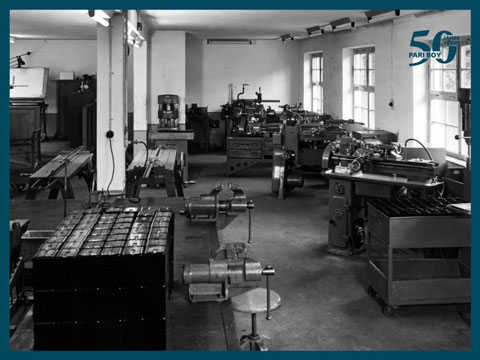

An article written by the PARI BLOG editorial team.
© 2025 PARI GmbH Spezialisten für effektive Inhalation